Are EIDL Loans Personally Guaranteed? Everything You Need to Know
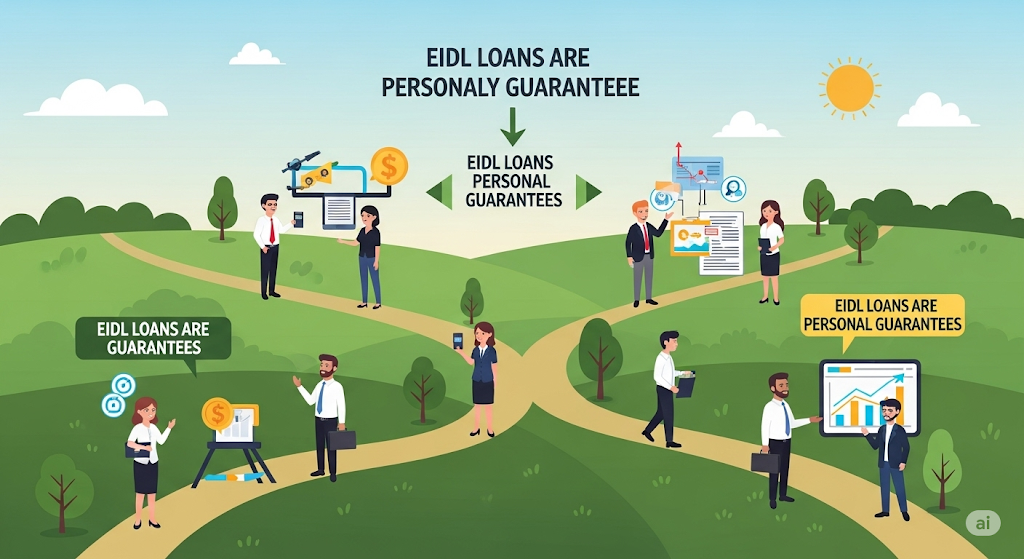
Are EIDL Loans Personally Guaranteed? Everything Are EIDL Loans Personally Guaranteed Economic Injury Disaster Loans (EIDL) have been a lifeline for millions of small businesses during times of crisis, particularly during the COVID-19 pandemic. While many business owners welcomed the financial relief, confusion still surrounds several aspects of the program, especially when it comes to […]
NEA Personal Loan
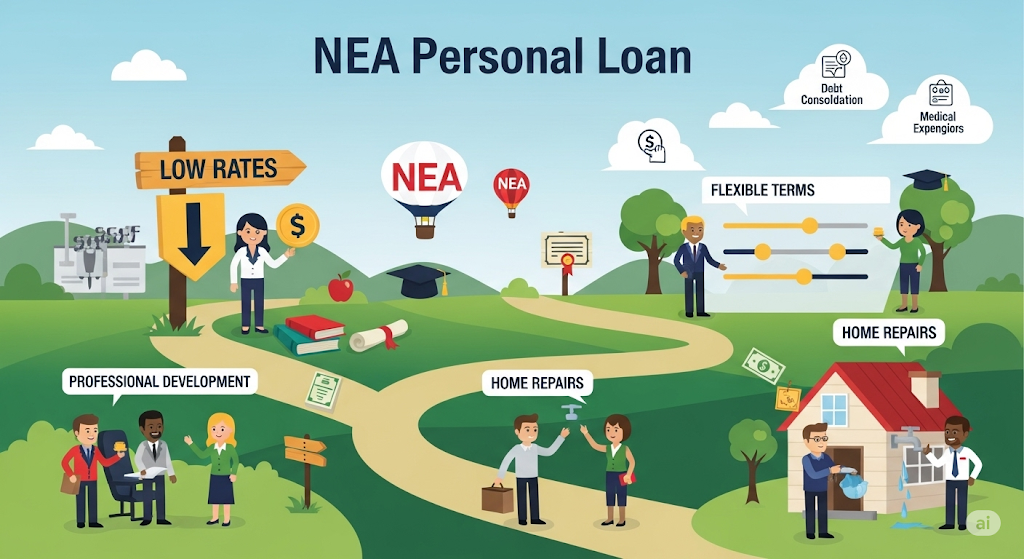
Table of Contents 1. Introduction Personal loans can be a smart solution for managing debt, consolidating bills, or covering major expenses. For NEA (National Education Association) members, the NEA Personal Loan® and the NEA Advantage Loan offer educator‑specific choices with competitive rates, fixed terms, and minimal fees. In this 2025 guide, we’ll walk you through […]
Heritage Bank Personal Loan: A Complete Guide for Borrowers in 2025
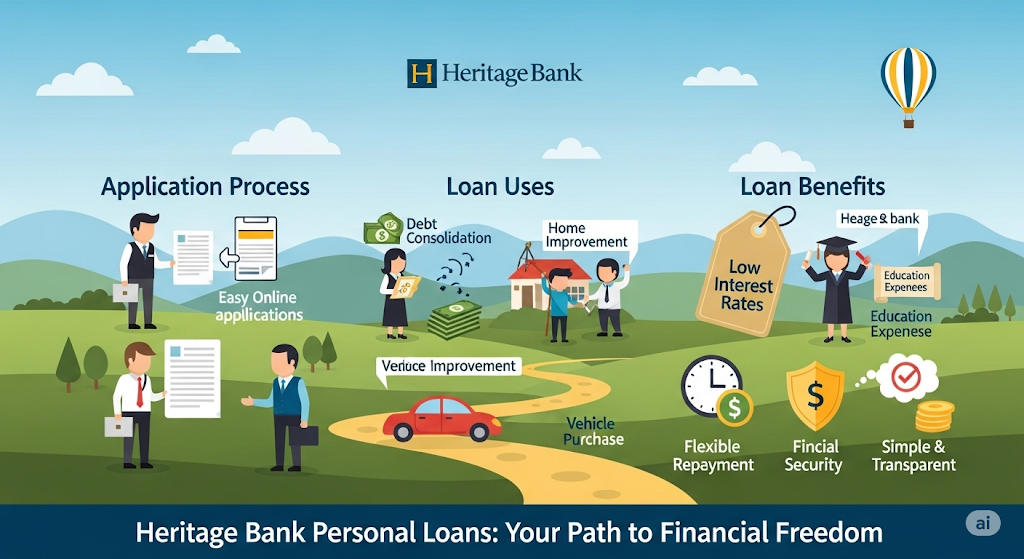
Table of Contents 1. Introduction If you’re considering a personal loan to fund major expenses, consolidate debt, or cover emergencies, Heritage Bank could be an ideal financial partner. In 2025, Heritage Bank personal loans continue to gain popularity for their transparent terms, fixed and variable rate options, and flexible repayment structures. This in-depth guide explores […]
Third-Party Money Managers: Everything You Need to Know in 2025

Table of Contents 1. Introduction In today’s complex financial landscape, individual investors and institutions often rely on experts to manage their wealth. While many turn to traditional financial advisors or brokerage firms, others are increasingly using third-party money managers for professional portfolio oversight. In this guide, we explore the role of third-party money managers in […]
Farmers Bank Home Equity Loan & HELOC

Farmers Bank Home Equity Loan & HELOC Table of Contents 1. What Are Home Equity Loans & HELOCs Home Equity Loan (Fixed) HELOC (Home Equity Line of Credit) These products generally offer lower rates than personal loans or credit cards and can be used for functions like renovations, debt consolidation, or emergencies. 2. Overview of […]
Farmers and Merchants Bank CD Rates: What You Need to Know in 2025

Table of Contents 1. Introduction In an age of financial uncertainty, Certificates of Deposit (CDs) offer a secure and predictable way to grow your savings. One bank that has consistently provided trustworthy CD options is Farmers and Merchants Bank (F&M). With competitive interest rates and flexible terms, many conservative investors turn to F&M CDs for […]
National Bank Hours in the USA: Everything You Need to Know
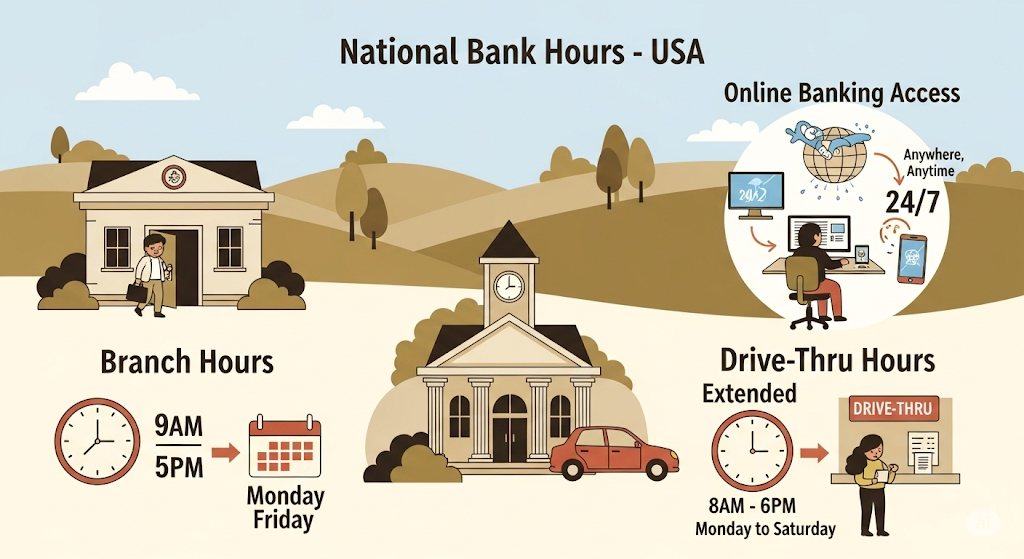
Table of Contents 1. 🏦 Introduction National Bank Hours in the USA In today’s digitally driven economy, many customers assume bank visits are obsolete—but traditional banks still play a vital role, especially for large transactions, notarizations, loan applications, and financial advice. That’s why knowing your bank’s operating hours is still critical in 2025. Whether you’re […]
Can a POA Withdraw Money from a Bank Account?

Table of Contents 1. Introduction The Power of Attorney (POA) is a powerful legal tool that lets someone act on your behalf for personal, financial, or medical decisions. One of the most common questions people ask is: “Can a Power of Attorney withdraw money from my bank account?” The short answer: Yes, but only under […]
Walpole Co‑operative Bank

Table of Contents : Walpole Co‑operative Bank 1. History & Institutional Profile 2. Routing Number & Wire/ACH Details 3. Deposit Products: Checking, Savings & Money Market Checking Accounts Savings & Money Market 4. Certificate of Deposit (CD) Rates & IRAs All CD product rates effective as of July 29, 2025, and require $500 minimum deposit: […]
TBO Bank Loans: A Strategic Guide for Borrowers
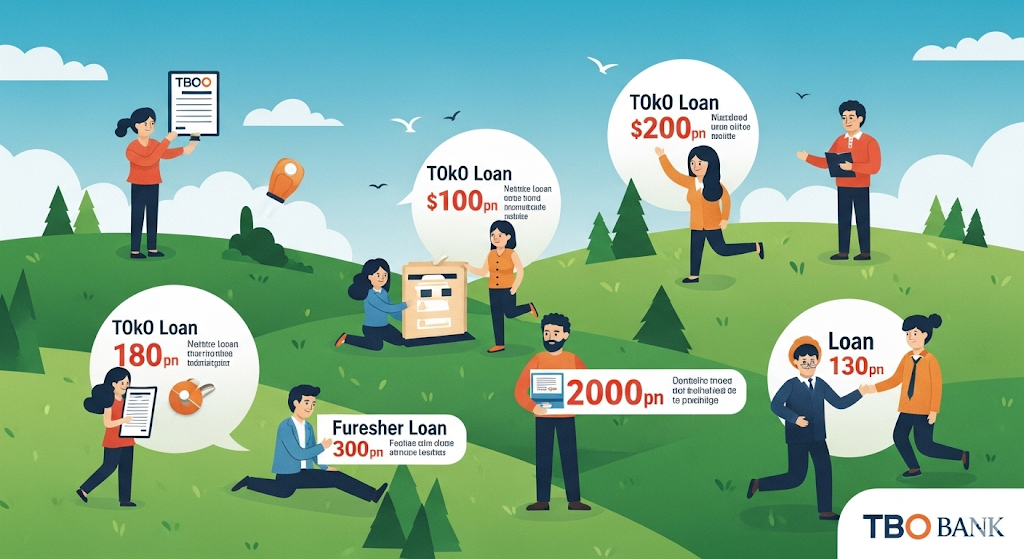
📌 Table of Contents 1. Introduction: Who Is TBO Bank? TBO Bank (formerly Atlas Credit) is a licensed Missouri-based financial institution (P.O. Box 199, Orrick, MO), offering unsecured subprime loans to consumers across most U.S. states. It provides fast, online installment loans typically aimed at individuals with fair to poor credit who may not qualify for traditional […]
